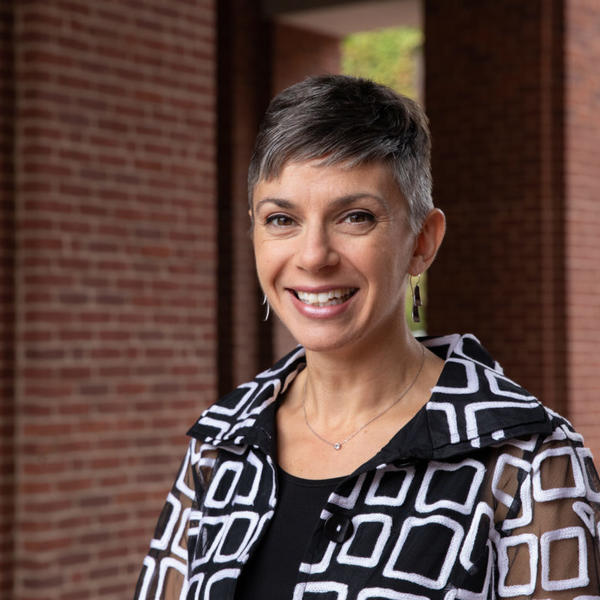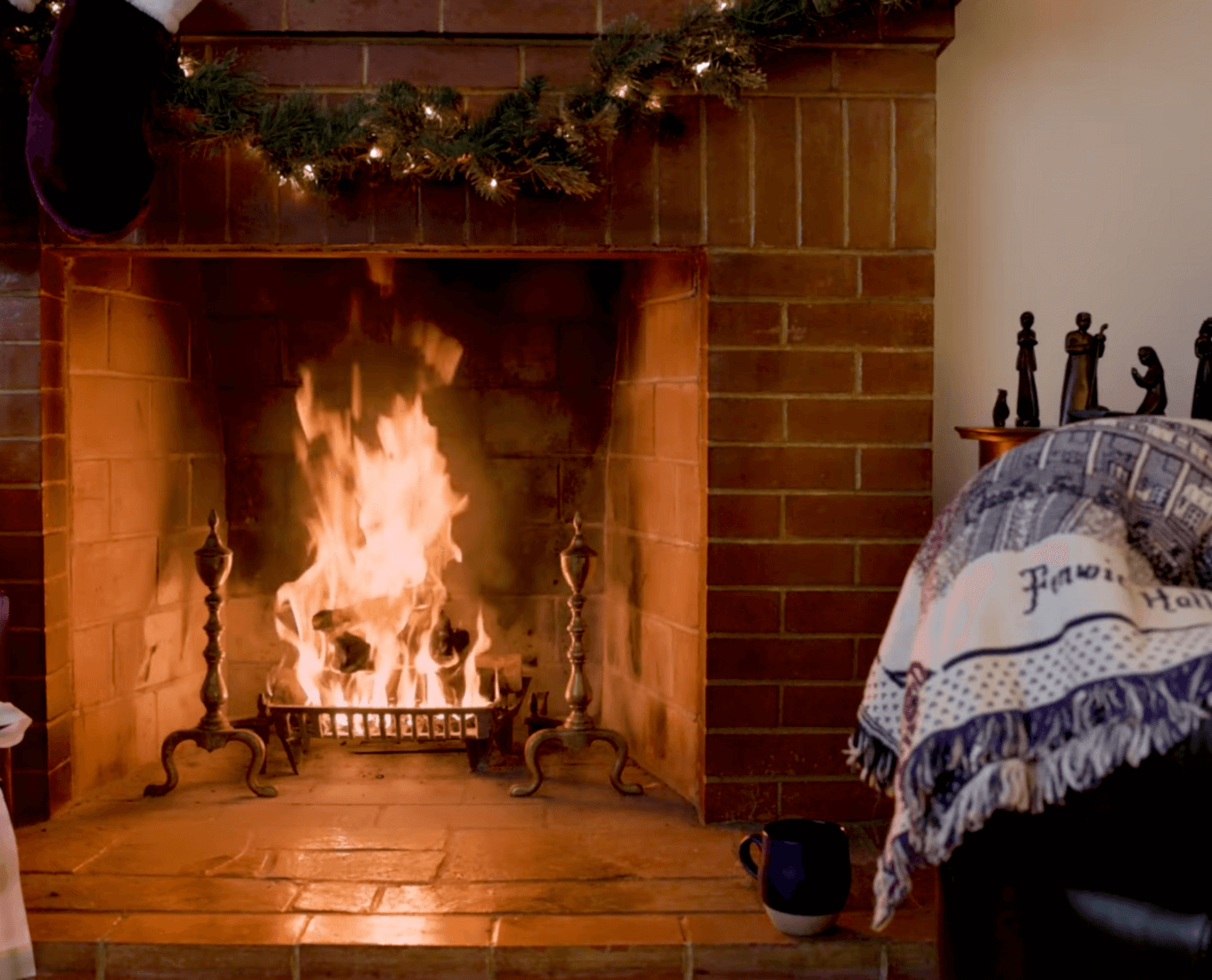Amy D. Finstein, Associate Professor of architectural history in the visual arts department at Holy Cross, was recently honored with the 2021 Fred B. Kniffen Book Award for her new book, "Modern Mobility Aloft: Elevated Highways, Architecture, and Urban Change in Pre-Interstate America."
The award, sponsored by the International Society for Landscape, Place and Material Culture Studies, encourages and recognizes books by authors regarding North American material culture, such as objects and architecture. Named for renowned geographer Fred Kniffen, the prize in his honor is granted annually for the best book in the field published within two years of the award.
In addition to the Fred B. Kniffen Book Award, Finstein's newest book also received an Honorable Mention for the Kenneth Jackson Award for the best book in North American urban history from the Urban History Association.
Finstein, who joined Holy Cross in 2017, teaches modern architectural and urban history. Her research focuses on how the desire to be "modern" has inspired diverse designs — ranging from high-style modern residences to Art Deco elevated highways. She has published previously in the Journal of Planning History, Preservation Education and Research and ARRIS: Journal of the Southeast Chapter of the Society of Architectural Historians, and is a contributing author to the award-winning Atlas of Boston History (Chicago, 2019).
We asked Finstein a few questions about her book, as well as the recent creation of the student-generated urban studies minor at Holy Cross:
What is your new book about?
The book is about urban modernization in America in the early automotive age, which I trace via a series of elevated highways that were inserted into existing city centers. I see these highways as constructed forms that operated at two scales: they proclaimed the importance of modern transportation at the scale of the entire city; and as designed objects, they reflected the specific architects, engineers, planners, and civic leaders who championed them. The book profiles the local conditions, architectural trends and utopian ideas that compelled cities to put some of their street traffic up in the air, and then traces the design, implementation and afterlives of three iconic examples in Chicago (Wacker Drive), New York (the West Side Elevated Highway) and Boston (the Elevated Central Artery).
How does the topic of the book connect to your teaching at Holy Cross?
The book may officially be about elevated highways, but it raises questions about how we settle and move on the planet that have broad implications and applications. My urban history course, "Making the Modern City," engages with the history of transportation, urbanization and settlement since the 19th century – really plugging into many of the topics covered in the book. My two seminars, "Designing Green" and "The Modern Home," unpack the histories of current issues regarding pollution, green space, and housing equity, and grapple with the long-term implications of contemporary practices.
You were one of the professors who supported the creation of the student-generated urban studies minor at Holy Cross. Why do you think this is an important field of study today?
Urban studies invites us to think about the city as a complex organism. It's a field that is not just about urban form and urban design, but rather, about the different ways that cities manifest economic, governmental, environmental, and social changes. Cities give us a lens for seeing the interconnected nature of human existence in historical purview, and for considering how we want current and future cities to embody different responses to issues of transportation, settlement, ecology and equity than they have before. For our students, urban studies capitalizes on the wide array of courses that engage with these issues from distinct disciplinary perspectives, and gives them a framework for asking these questions thematically, dynamically and intentionally.
What do you see as some of the biggest challenges and opportunities for contemporary urban designers?
Climate change is the biggest challenge and opportunity right now, and it is directly related to the evolution of the car-dependent development patterns that I trace in the book. Our dispersed settlement habits and energy-intensive patterns of movement are huge contributors to global warming, and they also are not good for the experiential and economic aspects of cities. The urgency of the climate crisis gives us the opportunity to think about personal and community choices on new terms: What can we do together to curb local emissions, to use and embrace public transportation, to shrink our carbon footprints, or to consider how auto-dependent we really want to be? What do we want the value and experience of being together in a city to be?



